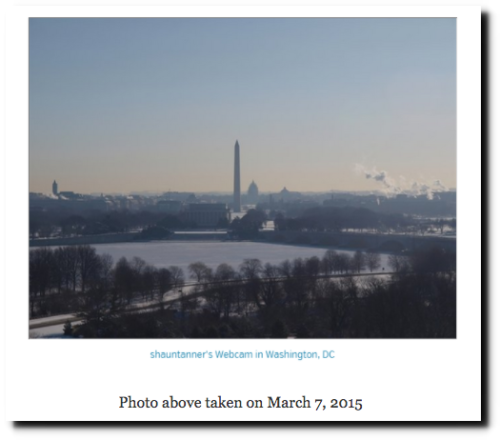 Natural disasters did $330 billion worth of damage in 2017, mostly due to hurricanes smashing into the U.S. this fall, making last year the second costliest year for disasters since 2011, according to the reinsurance industry.
Natural disasters did $330 billion worth of damage in 2017, mostly due to hurricanes smashing into the U.S. this fall, making last year the second costliest year for disasters since 2011, according to the reinsurance industry.
Insurers will pay out $135 billion for natural disasters, according to Munich Re, the most on record. Most of the monetary damages came from hurricanes Harvey, Irma and Maria, which hit U.S. and Caribbean islands in the fall. Hurricanes did $215 billion in damage.
While nominal costs of natural disasters — including hurricanes, fires, and earthquakes — has grown over time, taking into account inflation and economic growth actually shows disaster costs have been trending down since 1990.
That’s according to research by the University of Colorado’s Dr. Roger Pielke, Jr., who’s spent years studying why natural disaster spending has increased despite no apparent trends in extreme weather.
Pielke’s pushed back against claims made by politicians and activists that global warming is making natural disasters more frequent, thus pushing up disaster costs. Pielke’s work — and the work of others — however, shows this is not the case.
Munich Re (@MunichRe) released their 2017 disaster numbers today.
I’ve updated the analysis of global weather disasters $/global GDP (@UN).
Most important caveat: don’t use disasters to argue about trends in climate.
Further details➡️https://t.co/rLAmxTjAYu pic.twitter.com/7hUJW0lXFV— Roger Pielke Jr. (@RogerPielkeJr) January 4, 2018
The global economy has grown since the 1990s. Hurricane Harvey, for example, was the costliest natural disaster of 2017, inflicting $85 billion when it struck in late August. Harvey dumped record rainfall for several days over the greater Houston area.
But Harvey’s price tag would have been much smaller had it hit in, say, 1960 when Houston’s population was 60 percent less than it is today. Fewer buildings, roads, and infrastructure mean the same storm can do less damage.
That’s not all, though, Pielke has noted that even without development, inflation also makes it seem like there are more $1 billion disasters today than there were in past decades. We’ve also gotten better at detecting extreme weather, including through the use of satellites.
3/ $135 billion disaster losses in 2017 is a big number, but as a proportion of reinsurance capital, it is less than that of 2011 and 2005
So despite the seemingly big number, it hasn’t really put price pressure on reinsurance
There’s plenty of capacityhttps://t.co/jETzMfZpis— Roger Pielke Jr. (@RogerPielkeJr) January 4, 2018
Activists often argue that increased disaster costs and disaster declarations show how extreme weather is becoming more extreme and intense due to man-made global warming. Though, climate assessments say there’s no evidence of increasing trends in extremes.
“The most important caveat: don’t use disasters to argue about trends in climate,” Pielke wrote in a blog post that incorporated new Munich Re disaster data.
“Trends in the incidence of extreme weather help to explain this graph as the world has experienced a long stretch of good fortune,” Pielke wrote.
Read more at Daily Caller

















This article hit two major causes of increased insurance cost for natural disasters, population growth and inflation. It missed another that is factor every where especially developing countries. Due to population pressures more marginal land is being built on. Sites that are obviously in harm’s way of a big a storm are developed.
I should note that a big issue at the UN climate conference, COP 23 was Loss And Damage. This will be even a bigger issue in this year’s conference. This is where the developing nations are claiming that there are more natural disasters due to climate change. Since the industrial nations have emitted most of the CO2 that they claim is causing climate change, the developing nations are very strongly demanding the develop world compensate them for every extreme weather event. Every recent COP meeting has run the risk of falling apart over this issue and this could still happen. At least we can hope. As this article shows and even the UN IPCC acknowledges, extreme weather events are not increasing.
You’ll ever ever convince hard greens over this they’ll always blame Global Warming/Climate Change and Trump for rejecting the junk science and politicaly created Paris Accord